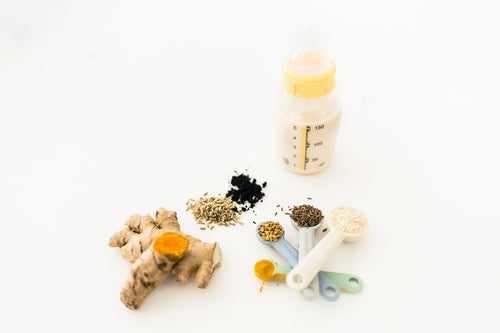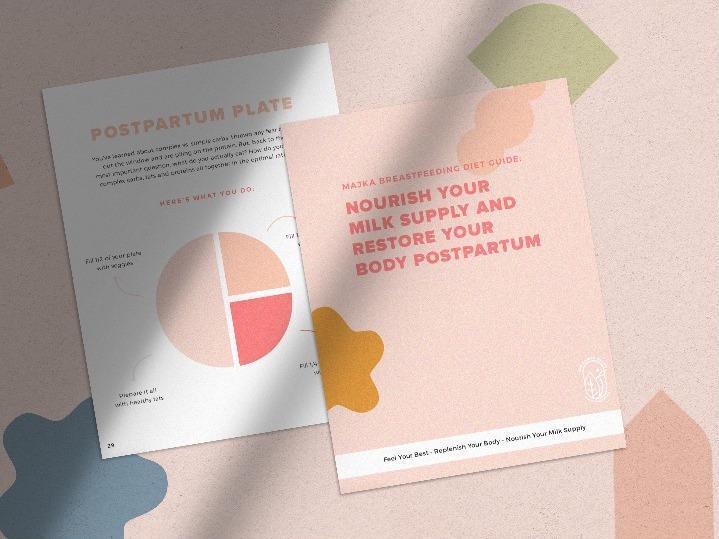If you're having issues establishing your milk supply or with your baby latching, you may need to seek professional help. This can help you determine the root cause of any supply or feeding problems.
While every woman's breast milk supply is different, there are some telltale signs that your baby is not getting the nutrients it needs. If your baby does not reach birth weight after 2-3 weeks or is not meeting output guidelines, they may not be getting enough milk. In most cases, a lip, tongue tie, or other underlying cause may be contributing to this issue.
To feel more confident about your milk supply, look for these signs of full feeds:
- Baby's fists relax open throughout the feed
- Plenty of poopy/wet diapers
- Baby follows her growth curve
- And having moments of being awake and alert during the day








